Chhattisgarh Switch to Hindi
Charan Paduka Scheme
Why in News?
The Chhattisgarh government has revived the Charan Paduka scheme, a footwear scheme aimed at benefiting tendu leaf collectors across the state.
- The scheme will benefit over 1.24 million tendu leaf collectors, and the state government has approved a budget of Rs 40 crore for its implementation.
Key Points
- About the Scheme:
- The Charan Paduka scheme was originally launched in November 2005 by the state government.
- The scheme provides one pair of footwear per year to up to two family members, aged 18 years or above, involved in tendu leaf collection.
- Initially, only one male member per family qualified. However, in 2008, the government extended eligibility to female members as well.
- The scheme applies exclusively to native residents of Chhattisgarh.
- Significance of the Relaunch of the Scheme:
- The relaunch reflects the government’s firm commitment to uplifting tribal and forest-dependent communities.
- Tendu leaf collectors’ families play a vital role in preserving forest-based livelihoods and sustaining Chhattisgarh’s traditional economy.
- Reaffirming support for forest livelihoods, CM announced a hike in the tendu leaf collection rate from Rs 4,500 to Rs 5,500 per standard sack.
Tendu Leaves
- About:
- Tendu (Kendu) leaf, also called the green gold, is a Non-Timber Forest Produce (NTFP).
- The botanical name of the Tendu leaf is Diospyros Melanoxylon.
- The leaves are used to wrap bidis, a popular smoke among the locals.
- States Producing Tendu Leaves:
- The states producing bidi leaves in India comprise mainly Madhya Pradesh, Chhattisgarh, Odisha, Andhra Pradesh, Jharkhand, Gujarat and Maharashtra.
- Significance:
- Medicament:
- Traditional medical practitioners use these tiny fruits of Kendu to treat malaria, diarrhoea and dysentery.
- Due to their antimicrobial properties, the leaves are applied on cuts and bruises as well.
- Source of Livelihood:
- Tendu leaves are the major source for tribal villages, since it is the most prominent Minor Forest Produce (MFP) of the state.
- MFP includes all non-timber forest produce of plant origin and includes bamboo, canes, fodder, leaves, gums, waxes, dyes, resins and many forms of food including nuts, wild fruits, honey, lac, tusser etc.
- They form a major portion of their food, fruits, medicines and other consumption items and also provide cash income through sales.
- Tendu leaves are the major source for tribal villages, since it is the most prominent Minor Forest Produce (MFP) of the state.
- Medicament:
Madhya Pradesh Switch to Hindi
Akashvani Kendra in Ujjain
Why in News?
The government is going to set up a new Akashvani Kendra in Ujjain under the Broadcasting Infrastructure and Network Development (BIND) scheme.
- This initiative is part of the ongoing efforts to strengthen media infrastructure in underserved and aspirational districts of the state.
Key Points
- BIND Scheme:
- About:
- It is a scheme for providing financial support to Prasar Bharati for expenses related to the expansion and upgradation of its broadcasting infrastructure, content development and civil work related to the organisation.
- Prasar Bharati, as the public broadcaster of the country, is the most important vehicle of information, education, entertainment and engagement for the people especially in the remote areas of the country through Doordarshan (DD) and All India Radio (AIR).
- Prasar Bharati played a stellar role in communicating public health messages and awareness to the public during the Covid-19 pandemic.
- It is a scheme for providing financial support to Prasar Bharati for expenses related to the expansion and upgradation of its broadcasting infrastructure, content development and civil work related to the organisation.
- Significance:
- In addition to enhancing the scope of public broadcasting, the Project has the potential to generate indirect employment by way of manufacturing and services related to supply and installation of broadcast equipment.
- Content generation and content innovation for AIR & DD has the potential of indirect employment of persons with varied experience related to different media fields in the content production sector including TV/Radio production, transmission and associated media-related services.
- About:
Prasar Bharti
- Prasar Bharati is a statutory autonomous body. It is the Public Service Broadcaster of the country.
- It was established under the Prasar Bharati Act in 1997.
- The Prasar Bharati Corporation’s main objective is to provide autonomy to Doordarshan and Akashvani in order to “educate and entertain the public”.
Doordarshan
- Doordarshan is an autonomous public service broadcaster founded by the Government of India, which is one of two divisions of Prasar Bharati.
- The other division is All India Radio (AIR).
- It was first aired on 15th September 1959, as a public service telecasting service.
- It became a broadcaster with daily transmissions of morning and evening shows in 1965, having transmission in Delhi.
- On 1st April 1976, it came under the Information and Broadcast Ministry and in 1982, Doordarshan became the National broadcaster.
Rajasthan Switch to Hindi
Dholpur Science Centre Inaugurated to Boost Innovation
Why in News?
The Union Minister of Science and Technology inaugurated the Dholpur Science Centre in Rajasthan, aiming to make it a vibrant hub of innovation and scientific curiosity for school children and youth in the region.
Key Points
- Dholpur Science Centre:
- The Department of Biotechnology (DBT), in collaboration with the National Institute of Immunology (NII) and the National Science Centre, developed the Centre as part of a national initiative to establish science museums in aspirational districts.
- The Science Centre offers hands-on science experiences, STEM-based modules, and interactive exhibits designed to foster innovation and entrepreneurship among young minds.
- It embodies the government’s ‘Vigyan Setu’ concept, which bridges scientific institutions with underserved regions.
- The Centre aims to facilitate capacity-building for potential startups emerging from smaller towns, supporting the government's BioE3 vision—Biotechnology for Economy, Environment, and Employment vision of using biotechnology for rural empowerment.
- BioE3 Policy:
- About:
- The BioE3 is aimed at fostering high-performance biomanufacturing, which involves the production of bio-based products across various sectors.
- The policy aligns with broader national goals such as achieving a 'Net Zero' carbon economy and promoting sustainable growth through a circular bioeconomy.
- Objectives:
- The BioE3 policy emphasizes innovation in research and development (R&D) and entrepreneurship, establishes Biomanufacturing & Bio-AI hubs and Biofoundries, aims to expand India's skilled biotechnology workforce, aligns with 'Lifestyle for Environment' programs, and targets the development of regenerative bioeconomy models.
- The BioE3 Policy aims to generate significant employment, especially in tier-II and tier-III cities through the establishment of biomanufacturing hubs.
- These hubs will utilise local biomass, fostering regional economic growth and equitable development.
- The BioE3 Policy aims to generate significant employment, especially in tier-II and tier-III cities through the establishment of biomanufacturing hubs.
- The policy also emphasizes ethical biosafety and global regulatory alignment to boost India's global competitiveness while ensuring responsible biotechnology development.
- The BioE3 policy emphasizes innovation in research and development (R&D) and entrepreneurship, establishes Biomanufacturing & Bio-AI hubs and Biofoundries, aims to expand India's skilled biotechnology workforce, aligns with 'Lifestyle for Environment' programs, and targets the development of regenerative bioeconomy models.
- About:
Aspirational Districts Programme (ADP)
- ADP, launched in January 2018, represents a targeted governance approach aimed at transforming 112 of India’s most underdeveloped districts.
- Anchored by NITI Aayog and driven by the principles of convergence, collaboration, and competition, ADP seeks to address regional disparities.
- Key Achievements:
- Data-Driven Approach: Progress is measured using 49 Key Performance Indicators (KPIs) across socio-economic themes. Monthly delta rankings encourage data-driven decision-making and accountability.
- Localized Implementation: States, as the main drivers, enable governance tailored to district-specific challenges, fostering competitive and cooperative federalism.
- Inclusion and SDG Localization: Focus on marginalized regions aligns with the “Leave No One Behind” (LNOB) principle of the 2030 Agenda for Sustainable Development.
- Capacity Building: Collaboration among NITI Aayog, ministries, development partners, and district-level officers enhances governance capacity at the grassroots level.
- Improvements in Key Sectors:
- Health & Nutrition: Reduction in child malnutrition and maternal mortality through targeted interventions like Poshan Abhiyaan.
- Infrastructure Development: Accelerated rural electrification, housing, and road construction projects in backward areas.
Uttar Pradesh Switch to Hindi
HC Rejects Petitions Against UP Government’s School Merger Order
Why in News?
The Allahabad High Court dismissed petitions challenging the state government’s order for the merger of government-run primary schools and upper primary schools.
- The petitioners argued that the move violates the Right to Education (RTE) Act 2009, hinders children's education, and increases social inequality.
Key Points
- High Court Decision:
- The court ruled that policy decisions cannot be challenged unless they are unconstitutional or arbitrary.
- The court asserted that pairing (merger) of schools does not violate Article 21A of the Constitution.
- Article 21A guarantees the right to education as a fundamental right for children between the ages of 6 and 14 years.
- The government’s step is constitutional, legally valid, and intended to enhance educational quality and resource efficiency.
- The court asserted that pairing (merger) of schools does not violate Article 21A of the Constitution.
- Background:
- In June 2025, the Uttar Pradesh Basic Education Department issued an order stating that schools with fewer than 50 students would be merged into nearby schools from July 2025.
- The government aimed to improve the quality of education and ensure optimal use of resources by shifting these students to upper primary or composite schools.
- The court ruled that policy decisions cannot be challenged unless they are unconstitutional or arbitrary.
- Right to Education (RTE) Act, 2009:
- The RTE Act aims to provide primary education to all children aged 6 to 14 years.
- Section 12(1)(c) mandates that non-minority private unaided schools should reserve at least 25% of seats in entry-level grades for children from economically weaker and disadvantaged backgrounds.
- It also makes provisions for a non-admitted child to be admitted to an age appropriate class.
- It also states about the sharing of financial and other responsibilities between the Central and State Governments.
- Education in the Indian constitution is a concurrent issue and both centre and states can legislate on the issue.
- It lays down the norms and standards related to: Pupil Teacher Ratios (PTRs), Buildings and infrastructure, School-working days, Teacher-working hours.
- It also provides for the prohibition of deployment of teachers for non-educational work, other than decennial census, elections to local authority, state legislatures and parliament, and disaster relief.
- It provides for the appointment of teachers with the requisite entry and academic qualifications.
- It prohibits:
- Physical punishment and mental harassment
- Screening procedures for admission of children
- Capitation fee
- Private tuition by teachers
- Running of schools without recognition
Uttar Pradesh Switch to Hindi
ASMITA 2025
Why in News?
The Union Sports Minister launched the 2025 season of the ASMITA League in Modinagar, Uttar Pradesh. The season started with a two-day weightlifting event.
- Tokyo Olympics silver medallist Mirabai Chanu was among the host of dignitaries who were present at the inauguration of the ASMITA weightlifting league.
Key Points
- ASMITA:
- About:
- ASMITA (Achieving Sports Milestone by Inspiring Women) is part of Khelo India’s mission to promote gender-neutral sports culture.
- The Sports Authority of India (SAI) supports National Sports Federations in conducting these leagues across multiple age groups at the zonal and national levels.
- Launched in 2021, ASMITA aims to boost women’s participation in sports and act as a nationwide talent identification platform.
- The mission is to create opportunities at every level, spot talent, and nurture it.
- ASMITA in FY 2025–26:
- In the financial year 2025–26, a total of 852 ASMITA leagues are scheduled to be conducted across 15 different sports disciplines.
- These leagues, spread across states and Union Territories, will involve over 70,000 female athletes.
- In comparison, the previous season saw 550 leagues across 27 disciplines, with 53,101 female participants.
- About:
- School Sports and National Calendar Integration:
- Under the National Sports Policy 2025, integrated with the National Education Policy (NEP), the government is promoting school-level sports.
- These efforts will be reflected in the Khelo India national sports calendar, ensuring continuous opportunities for youth.
- Under the National Sports Policy 2025, integrated with the National Education Policy (NEP), the government is promoting school-level sports.
Khelo India Initiative
- About:
- It is a national-level multi-disciplinary sports competition for school and college students in India.
- The Prime Minister launched the first edition of the Khelo India School Games at the Indira Gandhi Arena in New Delhi in the year 2018.
- In the year 2019, its name was changed to Khelo India Youth Games.
- It aims to promote sports culture and recognise sporting talent at the grassroots level.
- Khelo India Youth Games 2025:
- It was organised in five districts of Bihar (Patna, Rajgir, Begusarai, Gaya and Bhagalpur).
- The three major events – gymnastics, shooting and cycling – were held in New Delhi.
- Gajasimha was the mascot of the 2025 year's game.
- The 12-day event took place across 27 sports, with a total of 285 gold medals awarded.
- It was organised in five districts of Bihar (Patna, Rajgir, Begusarai, Gaya and Bhagalpur).
Bihar Switch to Hindi
Bihar’s New Domicile Rule Excludes Non-Residents from Women’s Quota
Why in News?
The Bihar government approved the domicile rule for the existing 35% reservation for women in all state government jobs, reversing Bihar’s earlier policy of not requiring domicile status for government employment.
Key Points
- About the New Rules:
- With the new rule in place, women who are not Bihar residents can no longer access the 35% quota in government jobs.
- Eligibility Criteria for Domicile in Bihar:
- Have lived in the state for at least three years,
- Own land or a house in the state, or
- In the case of women, be married to a Bihar resident.
- While a voter ID card is desirable, it is not mandatory for establishing domicile status.
- Employment Landscape in Bihar:
- Bihar has a relatively small state government workforce, with less than 1.57% of its population employed in the public sector.
- As of June 2025:
- The state employed 36,000 women in the police force.
- Over 2.5 lakh women teachers have been recruited since 2007.
- Structural Employment Issues in Bihar:
- According to NITI Aayog’s March 2025 report, Bihar’s economy remains predominantly agrarian, with:
- 49.6% of the workforce in agriculture,
- 5.7% in manufacturing (one of the lowest in India),
- 26% in services, and
- 18.4% in construction.
- According to NITI Aayog’s March 2025 report, Bihar’s economy remains predominantly agrarian, with:
- The demand for domicile-based reservation arises from these economic and employment challenges.
- Bihar Youth Commission:
- The Cabinet also approved the Bihar Youth Commission to address youth employment and empowerment.
- The Commission will consist of one Chairperson, two Vice-Chairpersons, and seven Members, all aged 45 or below.
- Functions:
- The Commission will advise the government on improving education, employment, and skill development for youth.
- It will coordinate with departments to:
- Promote private sector jobs for youth,
- Safeguard students and migrant workers, and
- Run de-addiction and awareness programmes.


.png)



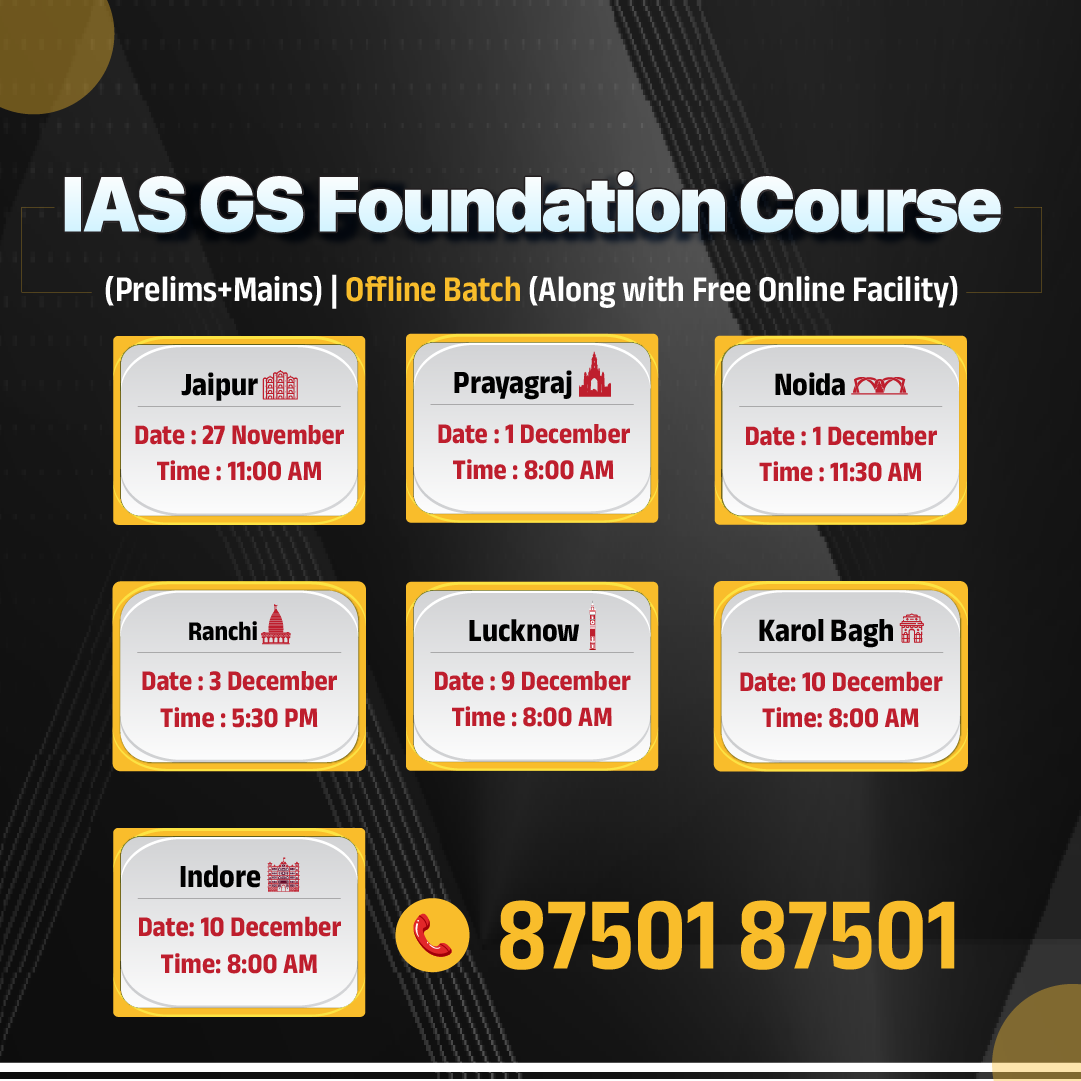
.jpg)








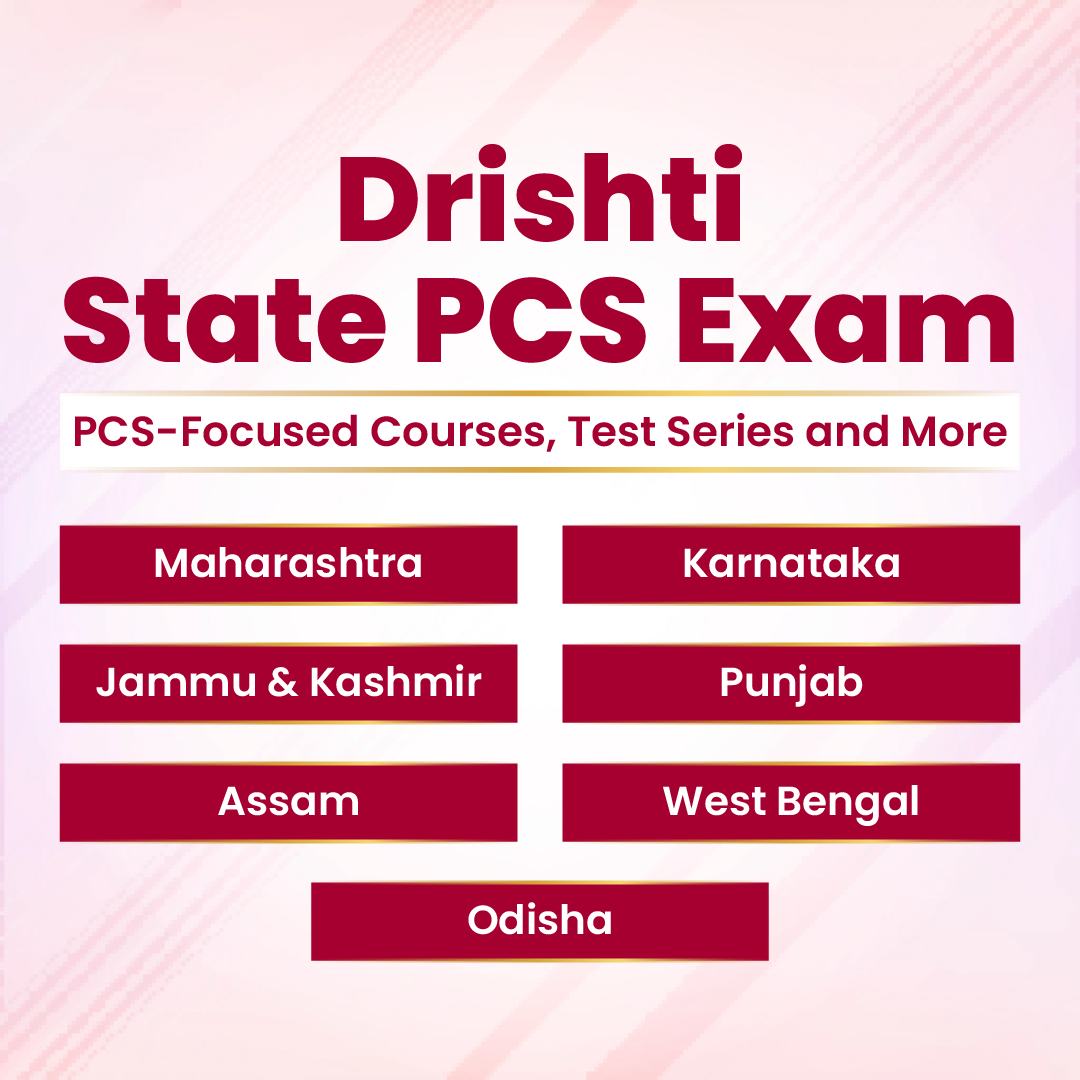



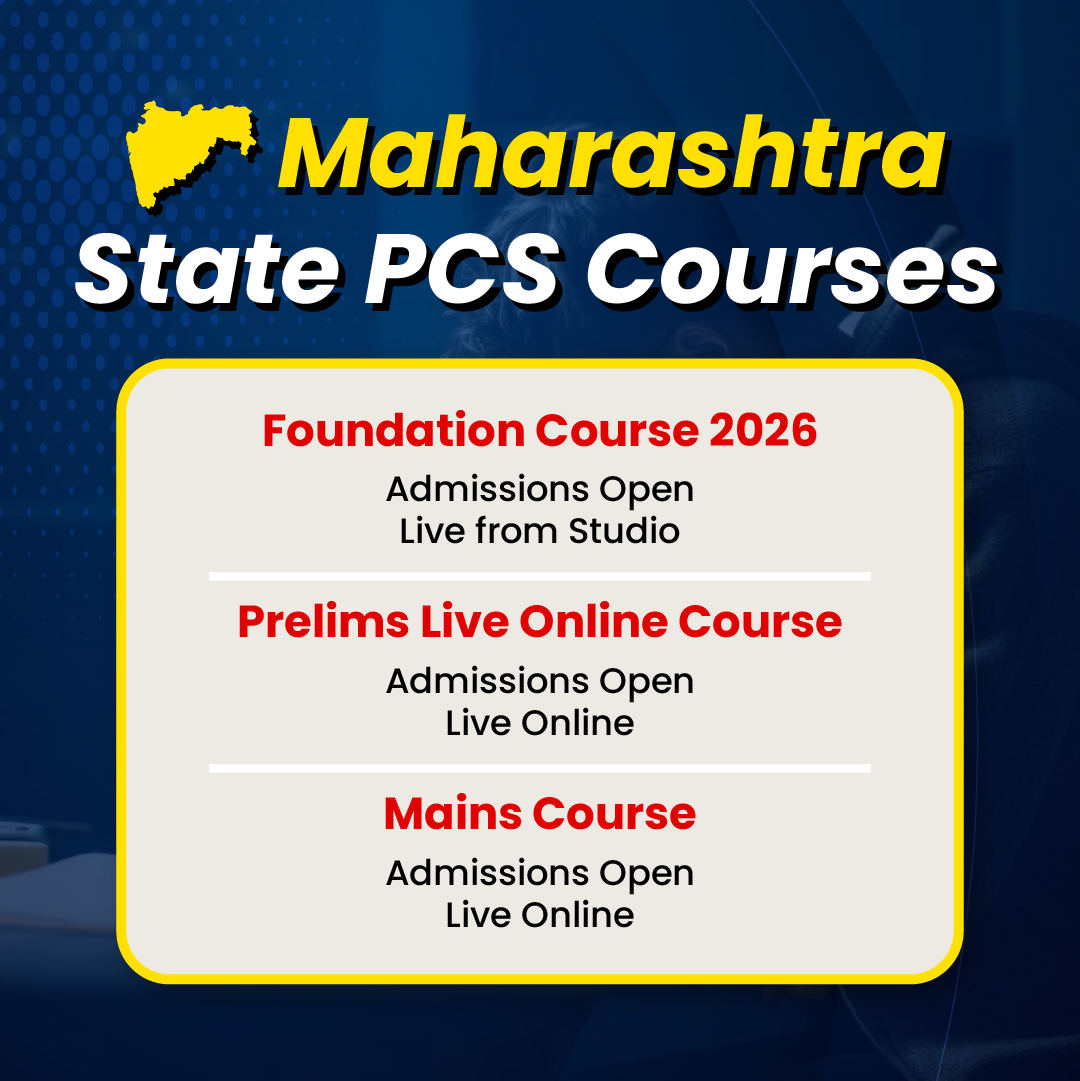





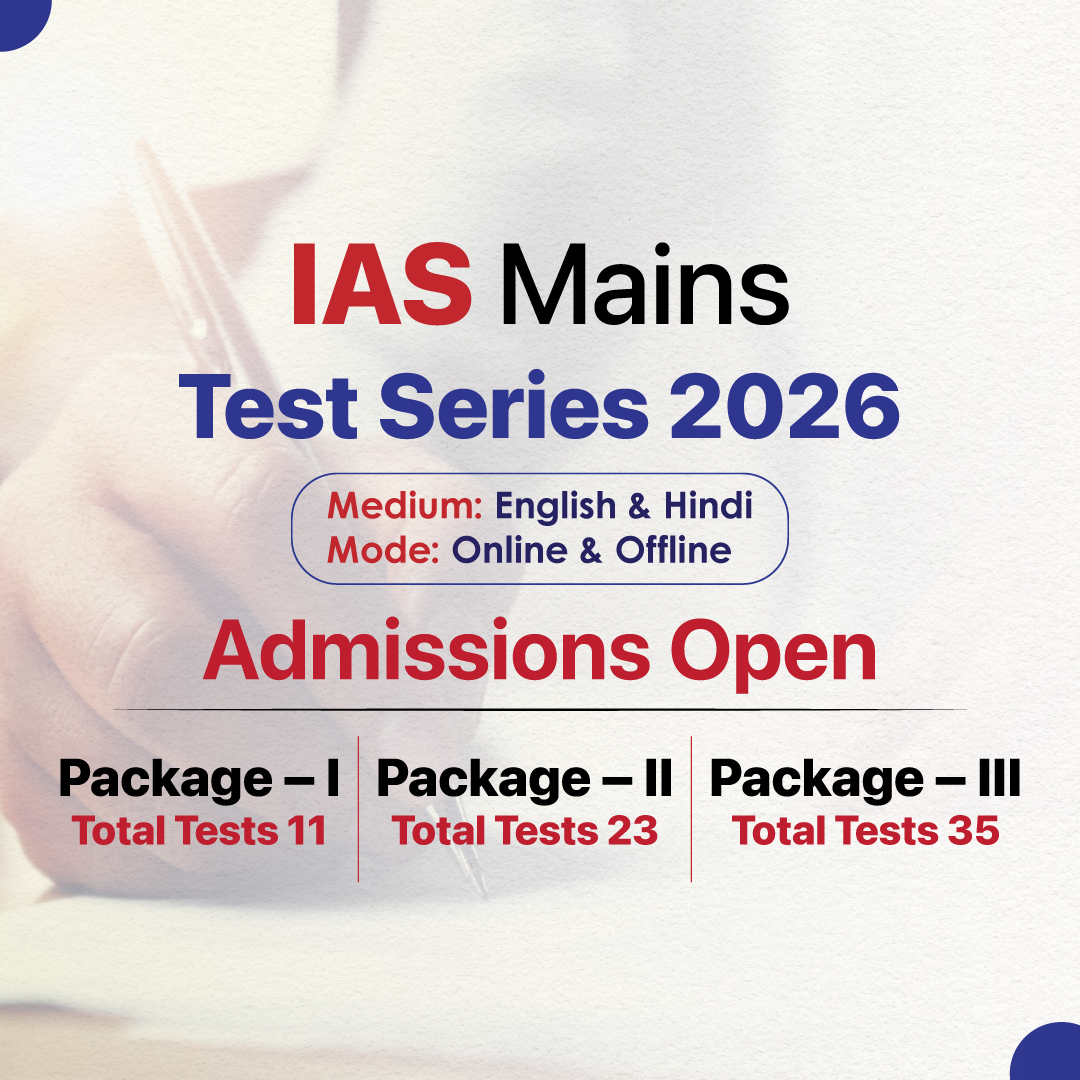

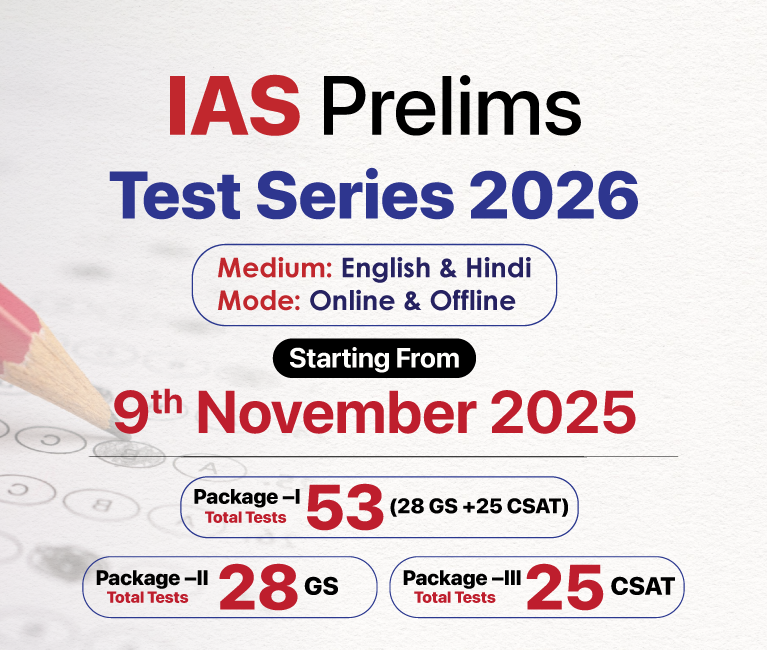


.png)


.jpg)

 PCS Parikshan
PCS Parikshan

